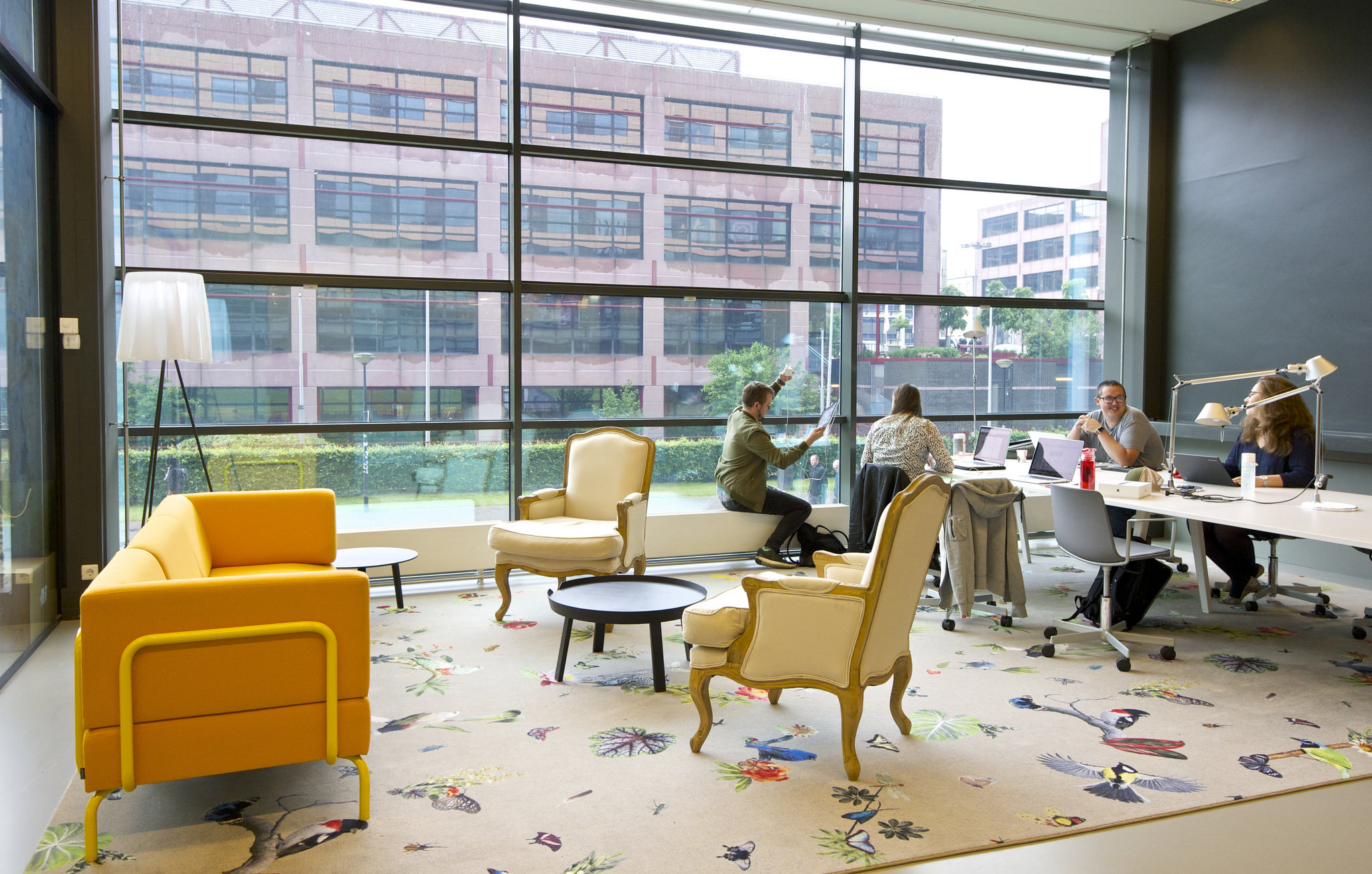Uncategorized
How ING uses culture to develop innovative products
- ING's digital strategy helped it acquire about 650,000 new retail customers in the first half of 2016.
- Bank employees can submit product ideas at the annual bootcamp for a chance to participate in an accelerator.










